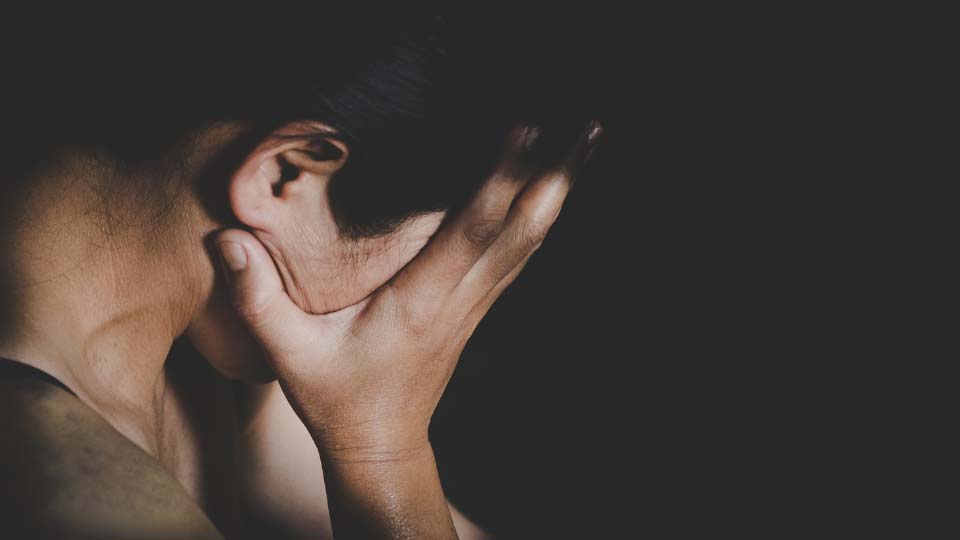Sexual Assault Against Utah Women: A USU UWLP Research Update

In 2007, the Utah Commission on Criminal and Juvenile Justice conducted an anonymous survey and found that one in three Utah women experienced sexual assault in their lifetime, and one in six Utah women experienced rape (sexual assault with penetration). Utah is ranked number nine in the U.S. for the number of rapes per capita.
To better understand the problem and to help find solutions, the Utah State University Utah Women & Leadership Project (UWLP) released research in 2016 titled “Sexual Assault Among Utah Women,” which provided an overview of Utah’s sexual assault facts and statistics. A recent 2022 report provides an update to share research findings on the demographics of sexual assault victims/survivors across Utah, sexual assault examination kit submission rates, and sexual assault case prosecution rates.
Susan Madsen, UWLP founding director, said rape results in significant individual and societal costs and that individuals traumatized by rape frequently suffer negative short- and long-term physical, psychological, and emotional effects.
“The financial burden of rape is estimated to cost $1,700 per Utah resident per year,” she said. “It is a disturbing topic, and these numbers are sobering, but we must be open about it. The more we talk about it, the more helpful it is for victims.”
Julie Valentine, lead researcher, report author, associate dean and associate professor, Brigham Young University College of Nursing, and Leslie Miles, co-researcher, second report author and teaching professor at BYU College of Nursing, collected data on 7,455 adolescent/adult sexual assault cases from 2010 to 2020. Information was retrieved from sexual assault medical forensic examination forms that came from eight of Utah’s larger counties.
Through the data, they found multiple vulnerabilities that increased the victim’s risk for sexual assault. Almost one-quarter of victims reported not having a permanent address, indicating homelessness or lower socioeconomic status. Individuals living on the street, in shelters, or “couch surfing” had higher sexual assault vulnerabilities due to the lack of protection provided by a home. In addition, over 47% of victims reported mental illness ranging from mild to severe, indicating sexual assailants may prey on them as easier targets for abuse.
Research showed that most assaults occurred in houses or apartments (62.6%), followed by locations such as motels, bars, restaurants, and businesses (14.9%), cars (9.3%), and outside (9.1%). An “unknown location” was noted by some who reported a complete loss of consciousness during the assault (4.1%).
Other vulnerabilities were mentioned, including 16.2% who suspected a drug-facilitated sexual assault, 56.8% who had consumed alcohol or drugs, and 12.6% who were sleeping.
Victims reported their relationship to their assailants. Relationships included: acquaintances, 58%; strangers, 18.5%; spouse/partners, 6.9%; ex-partner, 5.7%; multiple assailants, such as “gang rape,” 10%; and other/unknown, 10.9%.
Almost half of the victims reported a loss of consciousness or awareness during sexual assaults due to a range of causes, including strangulation, suspected drug-facilitated assaults, head injuries, alcohol and/or drug intoxication, and psychological trauma from the assault.
Unfortunately, victims who reported a loss of consciousness or awareness generally had memory loss or impairment that damaged their credibility when reporting.
According to Valentine, Utah has the most extensive collection of data from sexual assault medical forensic examination (SAMFE) forms and sexual assault kit DNA analysis findings in the U.S. because of work done by the research team.
“This has been extremely valuable in helping us understand the impact of sexual assault and how to help victims,” she said. “For example, data showed that only 38% of collected sexual assault kits from seven Utah counties were submitted to the state crime laboratory for analysis between 2010 and 2013. The main determinant of kit submission was the county location of the assault, indicating their subjectivity in the decision to submit kits for analyses.”
Valentine said in 2017, Representative Angela Romero sponsored and passed legislation to mandate the submission and testing of all sexual assault kits. Kit submission rates have now increased to over 95%. A kit tracking portal also allows victims to monitor the status of their sexual assault kits.
“We are grateful for the huge benefit this has been to victims, who have already experienced so much trauma,” she said.
In 2013, the Utah team implemented a national toolkit and statistical program to evaluate prosecution rates. They reviewed Salt Lake County adult sexual assault cases from 2003 to 2011 and found that only 6% of cases were prosecuted (trial with conviction, trial with acquittal, or plea bargain). Their findings received substantial community and media attention. In 2019, the team implemented the toolkit again, focusing on adult sexual assault cases from 2012 to 2017. They learned that prosecution rates were between 8 and 10 percent.
Miles said help for victims has been slow, but it is increasing.
“With the high rates of sexual assault in Utah, continued research on cases is critically important,” she said. “Research can help inform both practice and policy to improve care for sexual assault survivors and reduce sexual violence throughout Utah. This will lead to a safer and healthier state.”
To see the full report, including references, click here. For further information on UWLP programs and projects, visit utwomen.org.
Contact
Susan Madsen
Susan.Madsen@usu.edu


 Utah 4-H & Youth
Utah 4-H & Youth